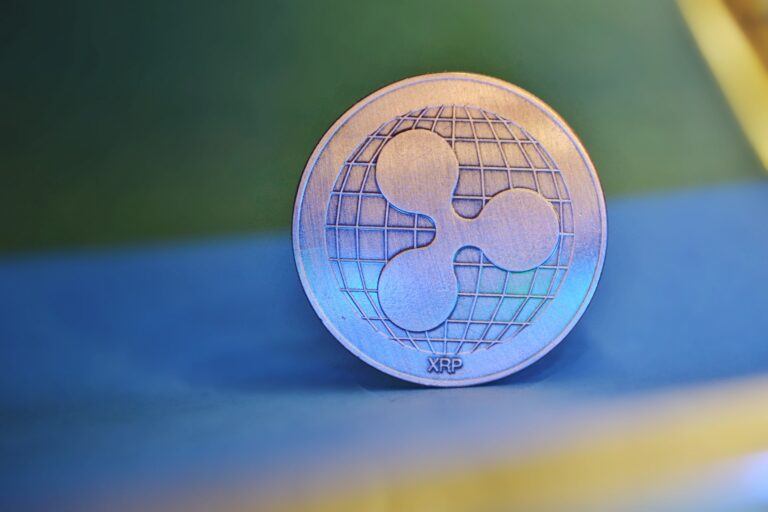Wietse Wind, Founder of Ripple-backed XRPL Labs, has come up with a proposal for implementing support for non-fungible tokens (NFTs) on the XRP Ledger (XRPL) that does not require changing the code for the XRPL.
On Friday (February 26), Wind started a discussion for his proposed standard for working with NFTs on the XRP Ledger.
Wind started by explaining how NFTs are different from XRP tokens:
“A non-fungible token (NFT) is a special type of cryptographic token which represents something unique; non-fungible tokens are thus not mutually interchangeable. This is in contrast to eg. the native asset on the XRPL, XRP, where XRP can be sent and received without being uniquely (per token) identified.
“Where normal tokens and the native asset XRP can be divided (eg. receive 1 XRP, send 0.5 XRP), NFT’s can only be used as one whole, unique token: they are indivisible.“
He then gave some examples of use cases for NFTs:
“Non-fungible tokens are used to create verifiable digital scarcity, as well as digital ownership, and the possibility of asset interoperability across multiple platforms. NFTs are used in several specific applications that require unique digital items like crypto art, digital collectibles, and online gaming.“
Wind then pointed out XRP Ledger already “supports issuing tokens (formerly (?) called ‘IOU’s’) that can be issued, sent, transacted to other XPRL accounts, etc.”
Here is the basic idea behind Wind’s proposal:
“The XRP Ledger has an issued token precision of 15 significant figures. The smallest amount of an issued token the XRPL can handle is 1000000000000000e-96. The decimal value of this scientific notation is:
0.000000000000000000000000000000000000000000000000000000000000000000000000000000001
0.{80 zeroes}1…
“Let’s assign the last (say) 11 figures to client side / user interface ‘NFT behaviour’…
“if the value of issued currency is in the range of 1000000000000000e-85 – 1000000000000000e-96, clients should handle (represent, mostly a user interface affair) the amount as NFT.“
The beauty of this proposal is that it “requires no amendment on the XRPL side, as all of this is possible today” and the modifications need on client side software (e.g. wallets) is pretty simple to implement.
Wind provide the following example to illustrate how this idea would work in the case that you want to have NFTs that represent three paintings:
“If a token represents a real life object, eg. a painting, and there are three unique paintings, then three unique tokens will be issued (presumably using HEX currency codes representing the three unique paintings). All unique issued tokens will have an issued amount of 1000000000000000e-96 (NFT-like representation: 1).“
Wind says that Hubert Getrouw, one of XRPL Labs’s interns, will be experimenting with this idea and documenting his research. On February 26, Getrouw published his first post on a new blog (on the Coil website) dedicated to this purpose.









